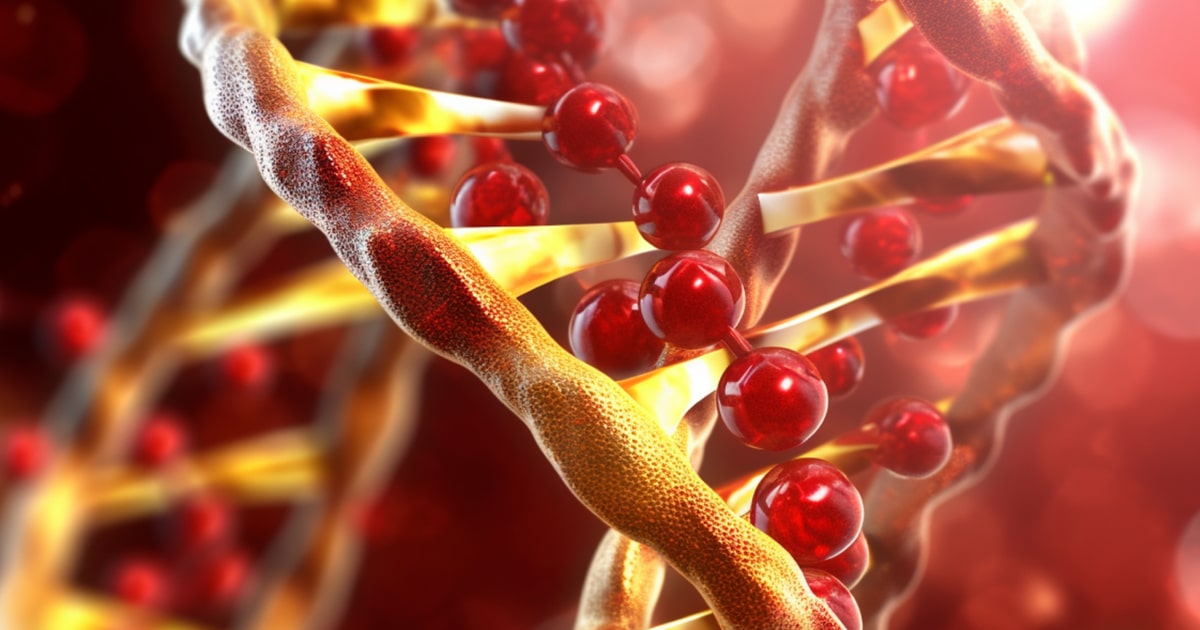
Expert Reviewed By: Dr. Brandon Colby MD
```htmlTransposition of the great arteries (TGA) is a serious congenital heart defect where the two main arteries leaving the heart are reversed. This condition disrupts the normal flow of blood, causing oxygen-poor blood to circulate through the body, leading to severe complications if not treated promptly. Understanding TGA, its diagnostic methods, and the role of genetic testing can help in managing this life-threatening condition effectively.
What is Transposition of the Great Arteries?
In a healthy heart, the pulmonary artery carries oxygen-poor blood from the right ventricle to the lungs, while the aorta carries oxygen-rich blood from the left ventricle to the rest of the body. In TGA, these arteries are switched, meaning the aorta is connected to the right ventricle and the pulmonary artery to the left ventricle. This results in two separate circulatory systems: one that circulates oxygen-poor blood back to the body and another that circulates oxygen-rich blood back to the lungs.
Diagnosing Transposition of the Great Arteries
Early diagnosis of TGA is crucial for effective treatment. The condition is typically identified through a combination of prenatal and postnatal diagnostic techniques.
Prenatal Diagnosis
During pregnancy, TGA can often be detected through a fetal echocardiogram, an ultrasound of the baby's heart. This test is usually performed if there is a family history of congenital heart defects or if other routine ultrasounds indicate potential heart abnormalities.
Postnatal Diagnosis
After birth, infants with TGA may exhibit symptoms such as cyanosis (a bluish tint to the skin), rapid breathing, and poor feeding. If TGA is suspected, an echocardiogram is performed to confirm the diagnosis. Additional tests, such as chest X-rays, electrocardiograms (ECG), and blood oxygen level measurements, may also be conducted to assess the severity of the condition.
The Role of Genetic Testing in TGA
Genetic testing can play a significant role in understanding the underlying causes of TGA, guiding treatment options, and offering valuable information for family planning.
Identifying Genetic Mutations
While the exact cause of TGA is not fully understood, genetic mutations and chromosomal abnormalities have been linked to the condition. Genetic testing can help identify these mutations, providing insight into the genetic factors contributing to TGA. This information can be crucial for families with a history of congenital heart defects, as it may indicate an increased risk for future pregnancies.
Personalized Treatment Plans
Genetic testing results can also inform personalized treatment plans. Understanding the specific genetic mutations involved in TGA can help healthcare providers tailor interventions and monitor the patient's response to treatment more effectively. This personalized approach can improve outcomes and reduce the risk of complications.
Family Planning and Genetic Counseling
For families affected by TGA, genetic counseling can provide essential support and guidance. Genetic counselors can explain the implications of genetic testing results, discuss the likelihood of recurrence in future pregnancies, and explore options for prenatal testing. This information empowers families to make informed decisions about family planning and manage the potential risks associated with TGA.
Treatment Options for TGA
TGA requires prompt medical intervention to ensure the survival and well-being of affected infants. The primary treatment for TGA is surgery, with the most common procedure being the arterial switch operation. This surgery involves reconnecting the arteries to their correct positions, allowing the heart to function normally.
Pre-Surgical Interventions
Before surgery, temporary measures may be taken to improve blood oxygen levels. These can include administering prostaglandins to keep the ductus arteriosus open, creating or enlarging an atrial septal defect through balloon atrial septostomy, or using extracorporeal membrane oxygenation (ECMO) to provide respiratory support.
Post-Surgical Care
Following surgery, infants require close monitoring and follow-up care to ensure proper healing and heart function. Regular check-ups, echocardiograms, and other diagnostic tests are essential to detect any potential complications and ensure the long-term health of the patient.
Conclusion
Transposition of the great arteries is a complex and life-threatening congenital heart defect that requires early diagnosis and prompt treatment. Genetic testing offers valuable insights into the underlying causes of TGA, guiding personalized treatment plans and providing crucial information for family planning. By understanding TGA and utilizing advanced diagnostic techniques, healthcare providers can improve outcomes and enhance the quality of life for affected individuals and their families.
```About The Expert Reviewer
Dr. Brandon Colby MD is a US physician specializing in the personalized prevention of disease through the use of genomic technologies. He’s an expert in genetic testing, genetic analysis, and precision medicine. Dr. Colby is also the Founder of and the author of Outsmart Your Genes.
Dr. Colby holds an MD from the Mount Sinai School of Medicine, an MBA from Stanford University’s Graduate School of Business, and a degree in Genetics with Honors from the University of Michigan. He is an Affiliate Specialist of the American College of Medical Genetics and Genomics (ACMG), an Associate of the American College of Preventive Medicine (ACPM), and a member of the National Society of Genetic Counselors (NSGC)